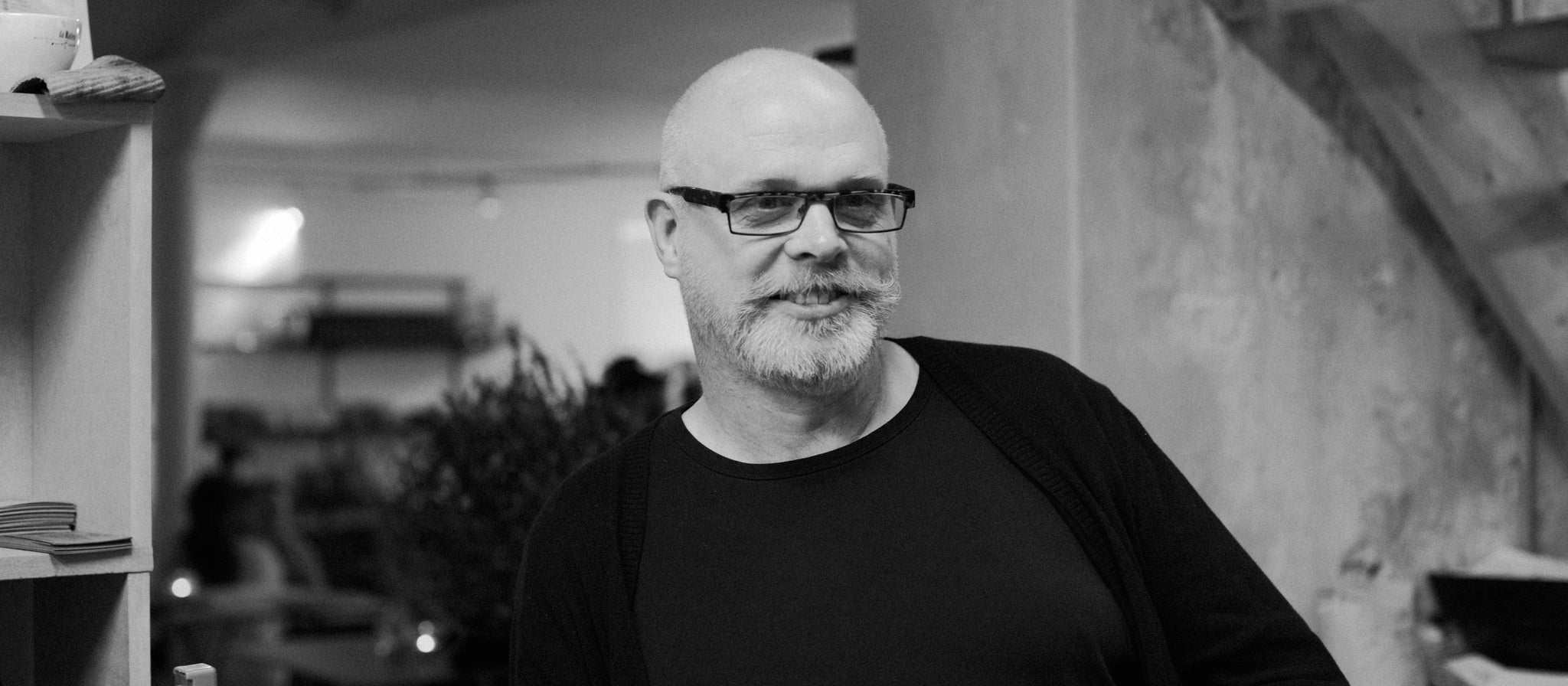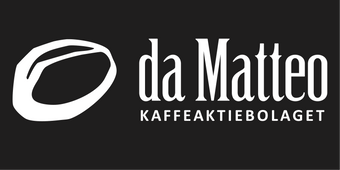Matts Johansson

"My vision was to create a café concept that was integrated with the historical valur of the building it was in."
“20 years ago, in the beginning of the 90’s, I came to Gothenburg and found Victoriapassagen: worn out, slummy, full of drug addicts and “fishy business”. Vallgatan and Södra Larmgatan on either side of Victoriapassagen, two back streets without liveliness. But I liked the area: the charm and the unique quality of the building and the neighbourhood. Consequently, I tried to get hold of the landlord, but without any success. Instead, I opened Café Java, in 1993, at Vasagatan, but continued my eager fight for a space at Victoriapassagen. During my two years at Java, things started to develop at Victoriapassagen, and finally, I got the chance to rent a tiny space there, which is a part of the space where our café locates today. I named the café, Caffé Espresso.
My vision for Caffé Espresso was to integrate a café concept with the historical value of the building. As a social phenomenon, the café was important for the development of the surrounding areas. Here, the present way of working at da Matteo was founded when it comes to making the most out of the neighbourhood, the premises and the furnishing. Our philosophy of interior design is built upon the idea of bringing the street inside the café and taking the café outside to the street. It is supposed to be openly, a bit dirty and rough. One can compare it to how, in the old days, Southern European market places were established – no planning was ever done, the location was chosen rather because it seemed to be a good spot for selling things.
A good example of this is our café at Vallgatan 5, in Gothenburg, where the open-air café is integrated with the parking space outside. While at the same time serving as open-air seats for our guests, the concrete benches also separate the café from the parking space. During sunny days chairs are being taken out in the middle of the parking space.
Still unfinished and under process, the furnishings at our cafés are supposed to emerge organically. We don’t have a “ready-made” furnishing concept that we’ll use in the new premises. Instead we adjust ourselves to the history of the building, its environment and conditions.
The unpolished and unfinished touch is also to be found inside the café – it is artistic and rough, focusing on the craftsmanship. This is not solely to be found in the furnishings but also among our staff and in our products – in the coffee and bread and in their production processes respectively, as well as in the staff’s sense of acting naturally and passion for the craftsmanship.
With all this in mind, we wish to offer an experience of genuineness, craftsmanship and human imperfection. Our belief is that each and everyone of us are yearning for genuineness, a genuineness that we outlined within our concept and provided to our customers on a daily basis. In the underground culture, there are protests against industrial society to which the worker as well as the craftsman has always been ambivalent. da Matteo is based upon this protest – we don’t want to buy industrial baked bread and roasted coffee – we want to do it ourselves, for real.
Our design philosophy is simply about the longing for the craftsmanship.”
Matts Johansson
Founder and part owner
da Matteo
